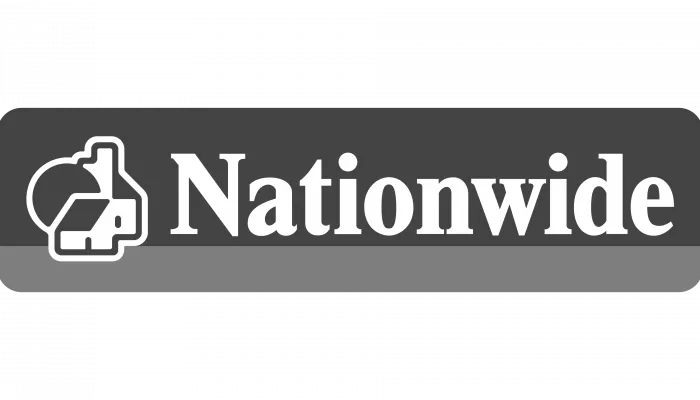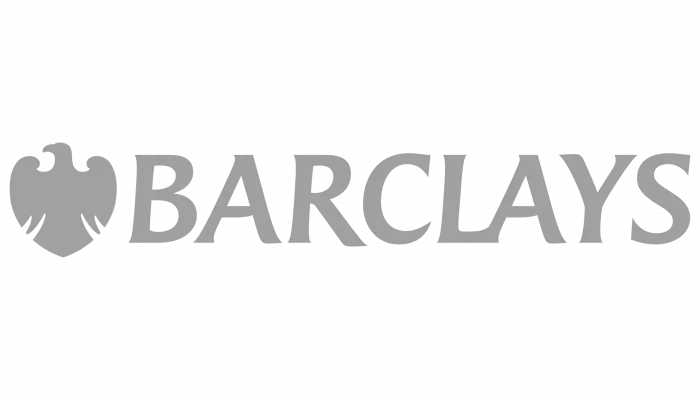A mortgage is no more than a loan secured upon an asset. In most cases the asset in question is a property such as a house or flat. The loan is made based on a variety of terms and conditions which must be adhered to by both parties. Failure to do so can lead to penalties and/or repossession of the asset by the lender.
Most of us need a mortgage to buy our first home and, unless we are particularly fortunate, our subsequent homes too. But the types of loan available to the homebuyer / owner are wide and varied.
The basic types of loan include;
(i) The Repayment Mortgage
The repayment mortgage is probably the simplest of all.
The borrower is lent a sum of money which is secured by deed against a specific property. The borrower is required to make regular (usually monthly) repayments to the lender with each repayment including interest accrued under the loan and a sum of the original loan capital which is repaid.
Over time, the proportion of the monthly repayment that is interest reduces as the outstanding loan balance also reduces. Whereas almost all of the first monthly repayment of a 25 year repayment mortgage might be interest, the last five years are comprised largely of capital repayment.
At the end of the mortgage period the property is owned ‘free of lien’ and no further mortgage payments are due. The property can be sold without the permission of the former mortgagee once the mortgage has been removed from the title.
(ii) The Interest Only Mortgage
Interest-only mortgages, as the name suggest, require that only the accruing interest is paid to the lender over the term of the mortgage. This reduces the monthly mortgage payment as no element of the loan is ever repaid. However, at the end of the loan period (or when the mortgagor sells) the whole loan sum must be repaid out of the proceeds.
The amount of interest paid on an interest-only mortgage is significantly more than under a repayment mortgage. Furthermore, at the end of the loan the property is probably going to need to be sold in order to pay back the lender, leaving the homeowner without their home!
In order to overcome this issue it has been usual to link a savings or investment (such as a pension) to the mortgage into which the borrower pays a monthly sum which should accrue over time to a sum large enough to pay off the outstanding loan at the end of the term. The key word here though, is ‘should’.
(iii) The Deferred Payment Mortgage
The deferred payment mortgage is quite specialised in nature and is usually only used when a homeowner wishes to release equity from his or her home in order to create capital or income to live on in their retirement.
Interest is still charged in the normal manner but not paid until the end of the mortgage term (usually upon the death of the home owner). Again, because the debt remains high throughout the term, this type of mortgage can be expensive, especially where interest is accrued and rolled up into the loan (unlike an interest-only mortgage which requires that the interest be paid regularly.
Of the mortgage types listed above, there are variations known in the market as follows;
First Time Buyer’s mortgage
Specifically designed for those new to the housing market, first-time buyer’s mortgages usually require a smaller deposit and might have other benefits aimed at helping the new home buyer by reducing capital outlay.
Standard Mortgage
This can be of any of the types mentioned above but is most likely to be either repayment or interest-only. They are usually faster to organise because the borrower has a track record of repayments to check against.
Remortgages
Remortgages are available to homeowners with equity in their property and who wish to raise more money against the property’s increased value without selling and liquidating the home’s value.
Help to Buy Mortgages
Help to Buy loans have been supported by the government in an effort to support the housing market and help less affluent homebuyers in areas where property values are high. These may take the form of Help to Buy Equity Loans or, Mortgage Guarantees and may be offered in conjunction with Help to Buy ISA products.
Buy to Let Mortgages
Buy to Let mortgages are aimed specifically at the buy to let market, loan to value ratios are usually lower and there are specific affordability tests linked to the borrower’s income and the rental value of the property being mortgaged. Interest rates are usually higher for this product.
Debt Consolidation Mortgages
Borrowing on a secured asset such as your home is relatively cheap. At present, it would not be unusual to see a homeowner repaying a mortgage at 3% per annum when an overdraft or personal loan might cost 18% per annum or more.
It might, therefore, sometimes make sense to take another mortgage in order to consolidate other debt that is more expensive to ‘service’.
Equity Release Mortgages
Available to homeowners over the age of 55, equity release schemes are deferred payment mortgages used to help the owner of an asset to release some of its value without selling it and thus being able to benefit from its ownership for a period of time, usually until death.
Large Mortgages
As the name suggests, these are large mortgages of several millions of pounds and are only available to a niche sector of the mortgage market. As such, terms tend to be more bespoke in nature.
Poor Credit Mortgages
Poor Credit Mortgages are available for discharged Bankrupts or those with a poor credit history due to missed loan repayments, defaults and County Court Judgements. Due to the increased risk profile, these mortgages generally cost more.
Many mortgages might also have terms which set the interest rate. Common types include;
Standard Variable Rate mortgages (SVR) are linked to the lender’s standard variable rate which can go up or down. In practice, it usually follows the Bank of England Base Rate. The Bank of England’s Base Rate is adjusted regularly by the Bank of England’s Monetary Policy Committee.
Variable Rate linked to LIBOR. This is again linked, but this type to LIBOR, which stands for Intercontinental Exchange London Interbank Offered Rate. This is a rate set in the market, between banks.
Fixed Rate mortgages are set at a fixed rate, usually for a period of up to five years, after which time the rate becomes variable and is linked either to LIBOR, The Bank of England Base Rate or the lender’s own variable rate.
Capped Rate mortgages are, as the name suggests, capped from rising but unlike a fixed rate mortgage the rate is free to fall. In today’s mortgage market with historically low interest rates, the advantages of a capped rate over a fixed rate are limited.
Discounted Rate mortgages usually start at a reduced rate (below the lender’s SVR). After a period of time (usually up to 3 years) the discounted rate ceases and the rate returns to a more standard rate, usually the lender’s SVR. These rates allow first time buyers to benefit from lower mortgage payments in the first few year’s of a loan but other charges and fees may be higher.
As with all mortgages, we strongly suggest you take professional advice to establish which product is right for you. For more information contact us or speak to a mortgage adviser on 01628 507477.
Recent posts

Additional borrowing, also known as a further advance, is when you borrow more money on your existing mortgage for a specific reason agreed with your lender.
Here are five of the most common reasons for additional borrowing.
UK Housing Market Round-Up: 2025
16 days ago

Property search site Zoopla has estimated that the UK housing market will end 2025 with approximately 1.15 million completed sales – 4.5% more than the previous year.
Take a look at the 2025 summary of the UK housing market.
Best UK Mortgage Rates this Week
16 days ago

Here are the lowest fixed mortgage rates of the week, available to first-time buyers, home movers, buy-to-let, and those remortgaging.
Call us for more information: 01628 507477 or email: team@mortgagerequired.com.
Buying in the New Year
17 days ago

If buying your first property, or moving home, is on your to-do list this year, the new year can be a great time to take this big step. In this short blog, we look at what you need to consider as you plan and prepare for your home-buying journey.

Just because the Bank of England decides to reduce the base rate, this doesn't automatically mean that your mortgage rate will go down.
Autumn Budget 2025: A Summary
26 Nov 2025

Chancellor, Rachel Reeves, has delivered the Autumn 2025 budget. We have summarised the government's plans for tax and spending.
Renters' Rights Act
14 Nov 2025

The Renter’s Rights Bill became law at the end of October, which means it has been signed off by the King, and it is now the Renters’ Rights Act. Despite this becoming law, these changes are likely to start changing within the next six months, with the aim of being fully implemented throughout 2026 and into 2027.

A welcome change in school is coming as financial literacy is due to become compulsory in schools in England.
The Government has announced that as part of the new national curriculum, children in primary and secondary education will be required to learn about budgeting, compound interest, managing money, and mortgages.


















